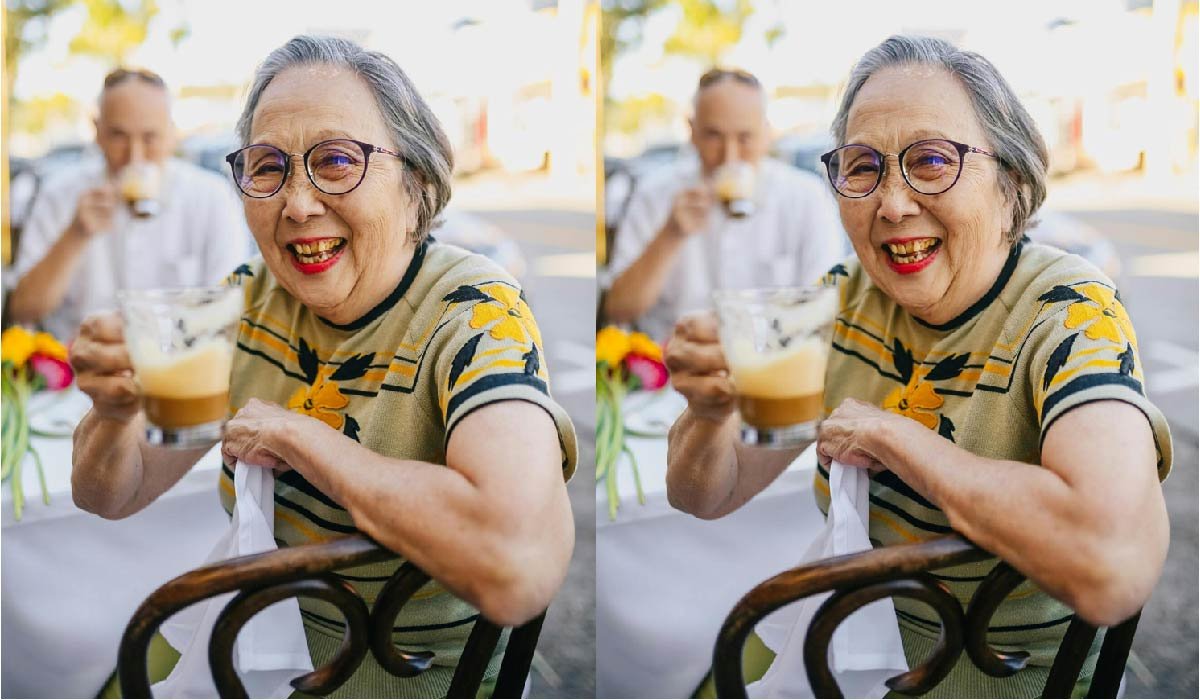Health
How Active Living Enhances Longevity and Quality of Life for Seniors

Staying active becomes more important with age. Physical movement helps reduce health risks, boosts energy, and supports mental health. It also improves balance and reduces the chance of falls.
Social activities tied to movement keep seniors engaged. Simple exercises or walks can make a big difference. Staying active is not about intensity but consistency.
Learn more about active living and a senior’s quality of life by exploring the benefits below.
Improves Heart Health and Circulation
Physical activity keeps the heart strong and improves blood flow. Even low-impact routines like walking or swimming help regulate blood pressure. Active seniors often experience fewer cardiovascular problems.
Better circulation also aids in organ function and keeps the body energized. This supports overall health and lowers the risk of stroke. Staying consistent helps maintain this benefit over time. A healthier heart means a longer, more active lifestyle.
Boosts Mental Wellness
Movement triggers the release of chemicals that improve mood. Seniors who stay active often report less anxiety and depression. Activities that involve others can also reduce feelings of loneliness. Mental alertness improves with physical routines.
Staying busy through exercise can delay cognitive decline. This is one reason why seniors need an active lifestyle, both for the body and the mind. Regular movement keeps the mind sharp and improves overall emotional balance.
Supports Joint Flexibility and Mobility
Active living helps reduce stiffness in joints. It strengthens muscles around the joints for better support. This leads to easier movement in daily tasks. Less stiffness also means less pain.
Flexibility training, like stretching, prevents injury. It helps seniors maintain independence longer. Daily movement improves posture and coordination, too.
Helps with Weight Management
Regular movement helps burn calories and maintain a healthy weight. Extra weight can stress the body and lead to other issues. Activity improves metabolism, which slows down with age.
Simple routines like gardening or light aerobics help. Keeping weight in check also reduces strain on the heart and joints. A steady weight supports long-term wellness. It also lowers the risk of diabetes and related conditions.
Builds Social Connections
Group exercises or walking clubs encourage interaction. Social movement routines keep seniors from feeling isolated. Connecting with others improves emotional well-being. Friendly environments make physical activity more enjoyable.
Conversations during walks or classes promote bonding. Strong social ties lead to a better quality of life. These relationships can provide support and motivation to stay active.
Encourages Better Sleep and Energy Levels
Seniors who move more often sleep better at night. Physical exertion helps regulate sleep patterns. This results in deeper, more restful sleep. Better sleep increases energy during the day.
It also helps improve mood and focus. Over time, this leads to a healthier daily routine. Staying active can help reduce nighttime restlessness or insomnia.
Active Living Can Enhance Longevity and Quality of Life for Seniors
Staying active is key to living well in the senior years. It affects both physical health and emotional balance. From better sleep to stronger joints, the benefits are clear. Seniors who commit to movement enjoy more energy and confidence.
Even small changes add up over time. Active routines help prevent major health setbacks. Promoting active living and a senior’s quality life is a step toward lasting independence and joy.
If you want to read more topics, visit our blog!
-

 Celebrity1 year ago
Celebrity1 year agoWho Is Jennifer Rauchet?: All You Need To Know About Pete Hegseth’s Wife
-

 Celebrity1 year ago
Celebrity1 year agoWho Is Mindy Jennings?: All You Need To Know About Ken Jennings Wife
-

 Celebrity1 year ago
Celebrity1 year agoWho Is Enrica Cenzatti?: The Untold Story of Andrea Bocelli’s Ex-Wife
-

 Celebrity1 year ago
Celebrity1 year agoWho Is Klarissa Munz: The Untold Story of Freddie Highmore’s Wife
















